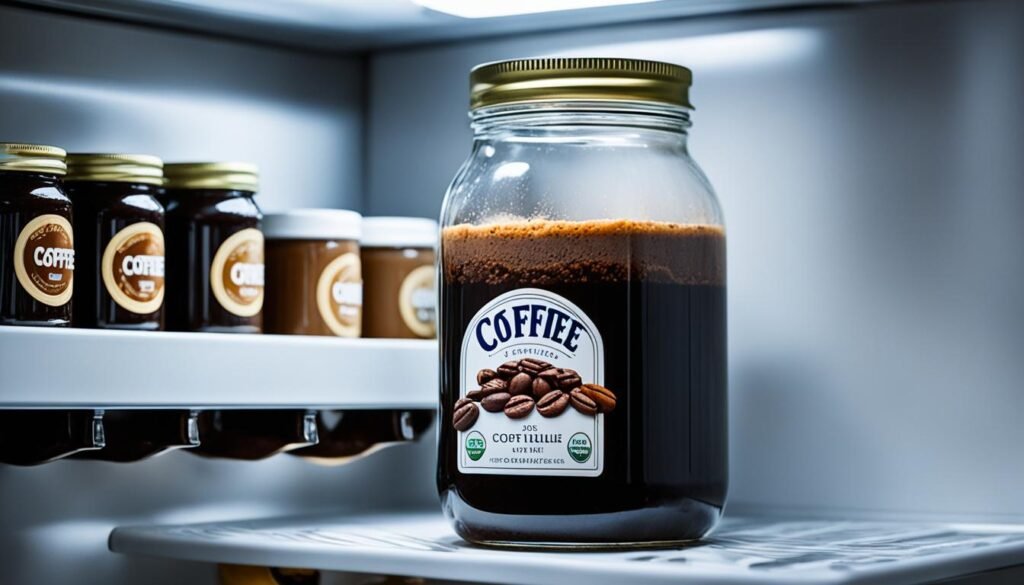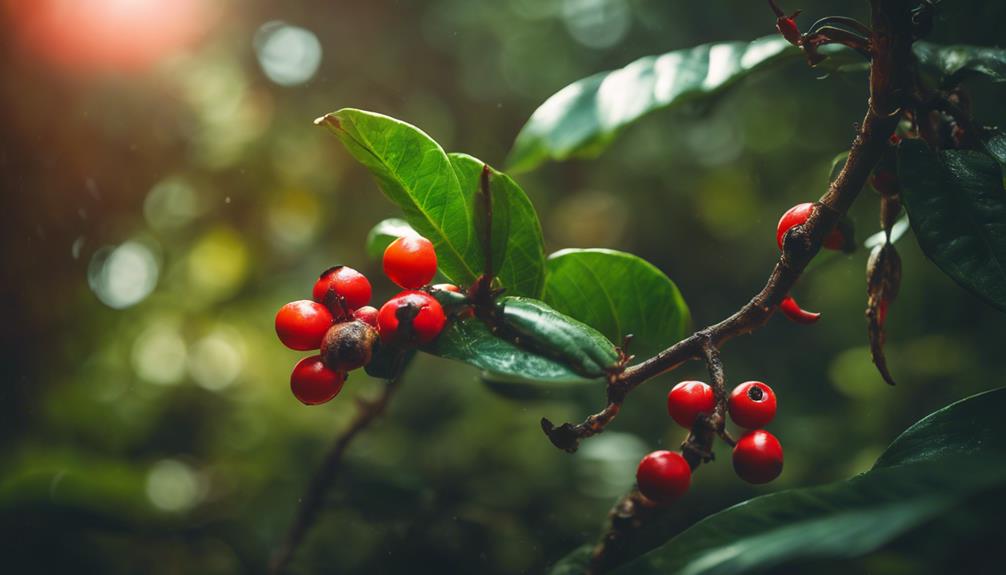Adding coffee grounds to the soil around crepe myrtles has numerous benefits. They provide essential organic material and nitrogen, promoting healthy growth. Coffee grounds also improve soil structure by enhancing drainage and water retention.
Furthermore, they support beneficial microorganisms, helping with nutrient absorption. In addition, they can help suppress weed growth and deter pests like snails and slugs.
To apply, lightly sprinkle and mix the grounds into the top 1-2 inches of soil, avoiding thick layers to prevent soil compaction. By incorporating these practices into your gardening routine, you can expect to see healthier and more vibrant crepe myrtles in your garden.
For more tips and insights, continue reading below.
Benefits for Crepe Myrtles
Using coffee grounds as a fertilizer for crepe myrtles has numerous benefits for both the soil and the plants.
Coffee grounds provide essential organic material and nitrogen, promoting healthy growth in crepe myrtles. They also improve soil structure by aiding in drainage and water retention, ensuring the plants receive adequate moisture without being waterlogged.
Additionally, coffee grounds support beneficial microorganisms that help with nutrient absorption and overall plant health. These grounds can also help suppress weed growth and deter pests like snails and slugs.
Moreover, they attract earthworms, which aerate the soil and contribute to nutrient cycling, creating a more fertile environment for crepe myrtles to thrive.
Proper Application Techniques
To effectively use coffee grounds as fertilizer for crepe myrtles, follow these application techniques. Start by lightly sprinkling coffee grounds on the soil surface around the plant's base.
Gently mix the grounds into the top 1-2 inches of soil for better aeration and nutrient distribution. Avoid thick layers to prevent soil compression and waterlogging.
Incorporate coffee grounds into a compost pile, ensuring they make up no more than 20% of the total material. After application, cover the grounds with a thin layer of organic matter to aid decomposition and nutrient release.
Fertilizing Schedule

Creating a well-structured fertilizing plan is essential for promoting the healthy growth and vibrant blooms of crepe myrtles. To kickstart the growing season in early spring, consider incorporating coffee grounds and other fertilizers.
For young crepe myrtles, light monthly fertilization during the initial growing season can be beneficial. Established crepe myrtles thrive with light fertilization every two weeks until the end of summer. Remember to water thoroughly after each fertilization to aid in nutrient absorption.
As fall approaches, it's important to stop fertilizing and reduce watering frequency to help the plants prepare for winter. During the winter months, crepe myrtles require minimal watering and no fertilization to ensure they remain dormant and resilient to harsh conditions.
This structured approach will support robust growth and abundant flowering in your crepe myrtles.
Choosing the Right Fertilizer
When it comes to choosing the right fertilizer for your crepe myrtles, it's essential to understand the soil composition and nutrient needs to ensure optimal plant health and growth.
Conducting a soil analysis is crucial to identify pH levels and any nutrient deficiencies. For most crepe myrtles, a balanced garden fertilizer like 10-10-10 or 8-8-8, providing equal parts of nitrogen, phosphorus, and potassium, is suitable.
In alkaline soils, using an all-purpose garden fertilizer can be particularly beneficial. Adding coffee grounds can improve soil structure and nutrient content, but it's important to use them in moderation to avoid soil compaction.
Remember to water your plants regularly after fertilization to help them absorb nutrients effectively, promoting strong and healthy crepe myrtles throughout the growing season.
Plants to Avoid

While coffee grounds can be beneficial as a fertilizer, it's important to avoid using them on certain plants like lavender, orchids, and rosemary. These plants prefer well-drained, alkaline soil, which is in contrast to the acidic environment created by coffee grounds.
Yucca, pothos, and tomatoes are also not suitable for coffee grounds, as they may experience nutrient imbalances or hindered growth. Seedlings and young plants with delicate root systems should steer clear of coffee grounds.
To ensure compatibility and optimal growth conditions, it's best to selectively introduce coffee grounds to mature plants. Always consider the specific requirements of each plant species before incorporating coffee grounds into the soil.
Conclusion
Integrating coffee grounds into caring for crepe myrtles can significantly improve their growth and health. The benefits include better soil structure, increased nutrient availability, and support for beneficial microorganisms.
Using proper application techniques, following a consistent fertilizing schedule, and choosing complementary fertilizers are essential.
By implementing these strategies, gardeners can unlock the full potential of crepe myrtles, leading to stronger growth and higher quality blooms, ensuring the plants' vitality and promoting sustainable gardening practices.












